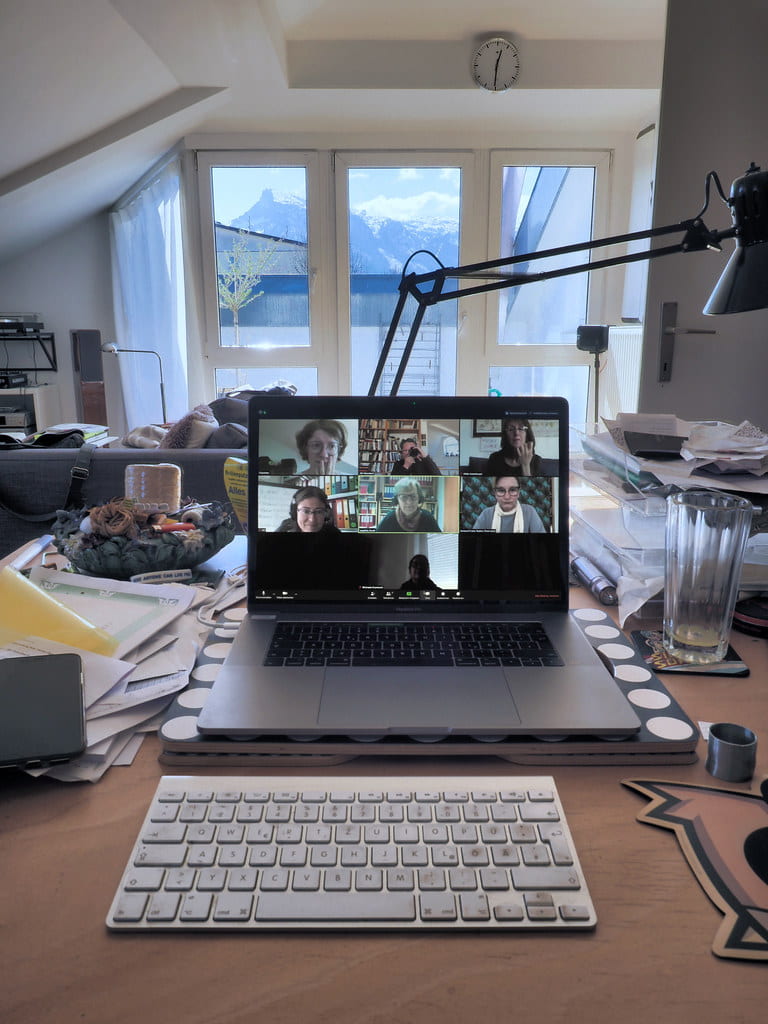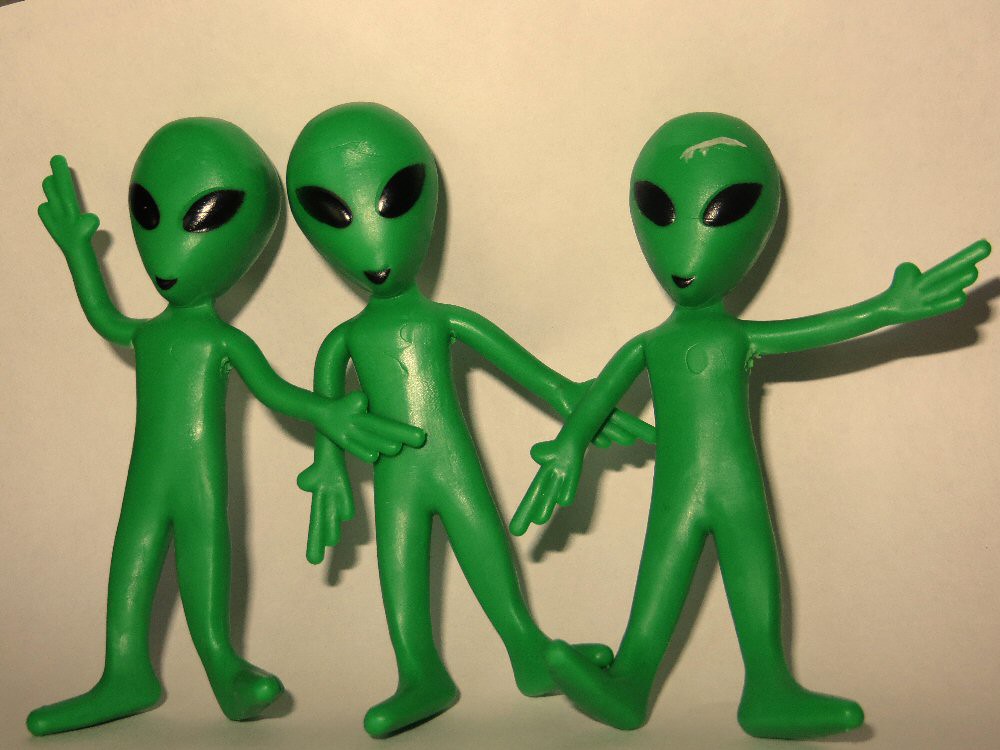| TOPIC | YOUR NOTES |
| 1. Who is the protagonist? | Bruce Wayne (Batman) |
| 2. Who is the antagonist? | The Riddler |
| 3. What is the conflict? | The Riddler is trying to expose Gotham to the truth behind some of the most popular government officials or families such as the Wayne family. Mainly exposing Bruce Wayne for being a spoiled rich boy that doesn’t actually have it as bad as other “actual” orphans in Gotham. He mainly focuses on getting out the truth of everything. |
| 4. What is the theme or central, unifying concept? (summarize in one or two words) | Power and corruption? |
| 5. How is the story told (linear, non-linear, with flashbacks, flash-forwards, at regular intervals) | Linear and some flashbacks |
| 6. What “happens” in the plot (Brief description)? | Batman tries to figure out who is behind the riddle mask and all the crime he was getting away with. While the Riddler is also trying to unmask who the batman really is to the world. |
7. How does the film influence particular reactions on the part of viewers (sound, editing,
characterization, camera movement, etc.)? Why does the film encourage such
reactions? | An example of this film influencing a particular reaction by camera angles and also lens/focus. In the first scene with the Riddler, he ends up throwing the murder weapon he was using, It was metal “carpet tucker”, on the ground. They show the weapon at a low angle and defocus everything above so the main focus is pulled to the weapon. I think this was used for dramatic effect and to scare/intrigue the audience. Also the lighting reflected on bits of the weapon to show only a small amount of the blood that was on it. The rest of the lighting was set more darker toned. |
| 8. Is the setting realistic or stylized? What atmosphere does the setting suggest? Do particular objects or settings serve symbolic functions? | I’d say the setting is realistic to a modern day busy city but the atmosphere makes it feel more dark and tense there. An object that serves symbolic functions could be the bat signal. It’s explained in the movie the meaning behind the symbol being put into the sky and the type of emotions it can bring for people around Gotham. |
| 9. How are the characters costumed and made-up? What does their clothing or makeup reveal about their social standing, ethnicity, nationality, gender, or age? How do costume and makeup convey character? | A big example of how costume and makeup convey a character is the cat woman. She has a style that’s made to be eye-catching because she’s known to get her way through seduction and sneaking her way around people. Things like her cat mask convey that she has cat-like behavior, along with her name of course. Cats are usually sneaky and sly so that can blend with her character as well. |
| 10. How does the lighting design shape our perception of character, space, or mood? | Most of The batman is set in dark lighting, the whole town is shown as dark. I feel like this was supposed to represent the darkness lurking in Gotham. Also a big thing about Batman is how he hides in the shadows and basically just how dark he is. The narrator is in his perspective at times so I feel this also shows how he views Gotham. |
| 11. How do camera angles and camera movements shape our view of characters or spaces? What do you see cinematically? | One scene that I noticed a lot of camera movement in was when The Batman goes to the old orphanage and they’re walking through the building while reading the words painted in green on the walls as a guide. Once they got into a room, with a door that had the words “Where it all began” painted on it, they noticed there was a projector projecting an interview with Bruce Wayne’s father making a big speech. I noticed through the scene they have a few reaction shots that seem more still but when they go back to a shot of the projection or other painted things on the walls they zoom it in to bring in focus and show its importance. |
| 12. What is the music’s purpose in the film? How does it direct our attention within the image? How does it shape our interpretation of the image? What stands out about the music? | A song that plays a few times in the film is “Something in the way” by Nirvana. They usually play this during important plot moments and I think it is to add more weight and darkness to the scene because of how slow the song is. |
| 13. How might industrial, social, and economic factors have influenced the film? Describe how this film influences or connects to a culture? | I think it connects with modern social factors and culture by showing how people in power, like politicians, can be not who they portray themselves to be or have made horrible choices for something that wouldn’t effect them but would other people. |
14. Give an example of what a film critic had to say about this film. Use credible sources and cite sources.
Example: “The Shawshank Redemption Movie Review (1994) | Roger Ebert.” All Content. N.p., n.d. Web. 24 June 2015. | “The Batman is certainly long, and it’s even slow at times, but it’s never boring; Reeves sustains the tense mood throughout, and the procedural elements are mostly absorbing. The action keeps with the austere, grim mood. One nighttime car chase, shot through the blur of heavy rainfall and the delirious dance of car lights reflected in windows, takes your breath away. The fights are often shot in long takes that emphasize both the impressive stunt work and the sheer difficulty of being Batman. And as with the Nolan films, the directorial sensibility matches the form. The Batman’s darkness never feels fashionable, or opportunistic, or cheap. No, the director of Let Me In and War for the Planet of the Apes has always had a bleak view of humanity and of where humanity is headed. Reeves loves these dead-end apocalyptic environments and delights in tales that toy with the moral calculus of typical hero narratives. He has given us a Batman that he himself can believe in, not to mention a Batman that feels right for our times.”
“Movie review: Robert Pattinson in ‘The Batman'”
(2022) | Vulture All content. FEB. 28, 2022
|
15. Select one scene no longer than 5 minutes that represents well the whole film and shows relevant cinematic elements. Write a one-sentence description of the scene and record the time of the scene.
Example: from 1:05:00 to 1:10:00.Explain why you chose this scene. | Example: 02:14:47 – 02:19:47
The Riddler and the Batman meet in person for the first time and after the Riddler calls him out for him and his family causing him and the other orphans so much despair, the Batman calls him a psychopath which leads to the Riddler to having a meltdown. |
| 16. In the selected scene: write a sentence for each of the elements below to justify why this scene best represents the film: | |
| a. Screenwriting: | This scene explains so much through the dialogue why the Riddler is doing the things he is and how he feels a complicated mix of hate, envy, and admiration for him. After calling the batman out he mentioned how through the letters Batman was helping all along with his plan. The meltdown they wrote for the Riddler is realistic to how childish villains can be when they don’t get what they want. |
| b. Sound Design: | In the very beginning of the scene when the curtain between them was lifted, I noticed the intense music that they played for the Riddler’s reveal on the other side of the glass. This was for build up/suspense and to make people possibly excited or worrisome for his official meeting with Batman. |
| c. Camera Movements/Angles: | I notice they start out with a lot of over the shoulder shots when the Riddler and Batman first see each-other, I think this was to give the prospective of how they were seeing each-other now in person. |
| d. Light Setup: | They set up Batman in darker lighting than they do the Riddler. I think this adds to his dark characteristics but also because this scene is mainly focused on interrogating the Riddler. That is his intention so the spotlight is more on the Riddler. You even see when the Riddler is having his melt down at the end he gets up and goes more into the back of the room where it’s darker and more shadowy, like he’s trying to hide himself away. |
| e. Soundtrack/Score: | I don’t know what to put here. |
| 18. What’s the socio-cultural context of this film? | Its basically based around a rich kid that became an orphan and was too withdrawn from the actual streets of Gotham and didn’t view politicians to be as evil as they were because his own father was one. He gets shown by the villains “the truth” |


